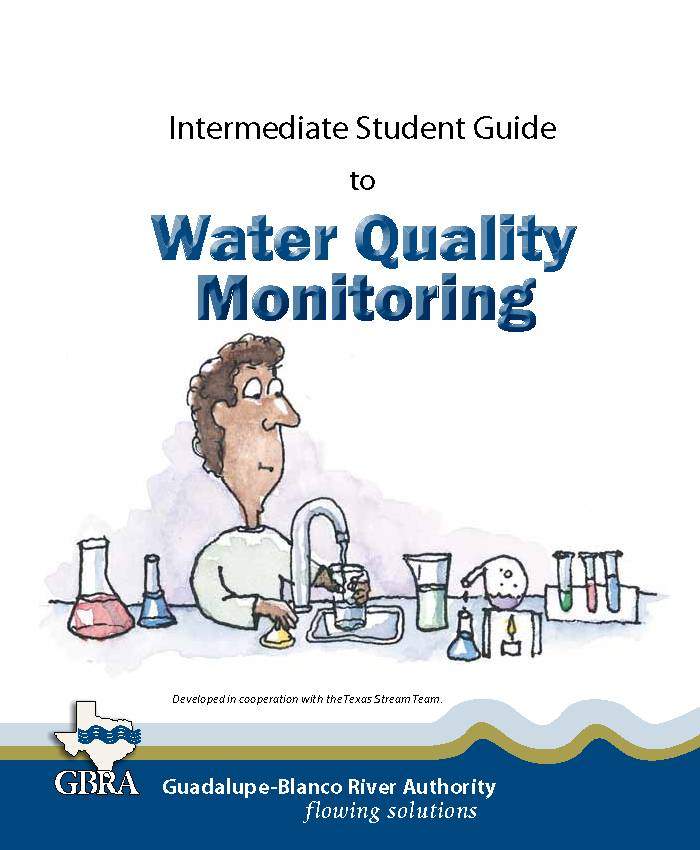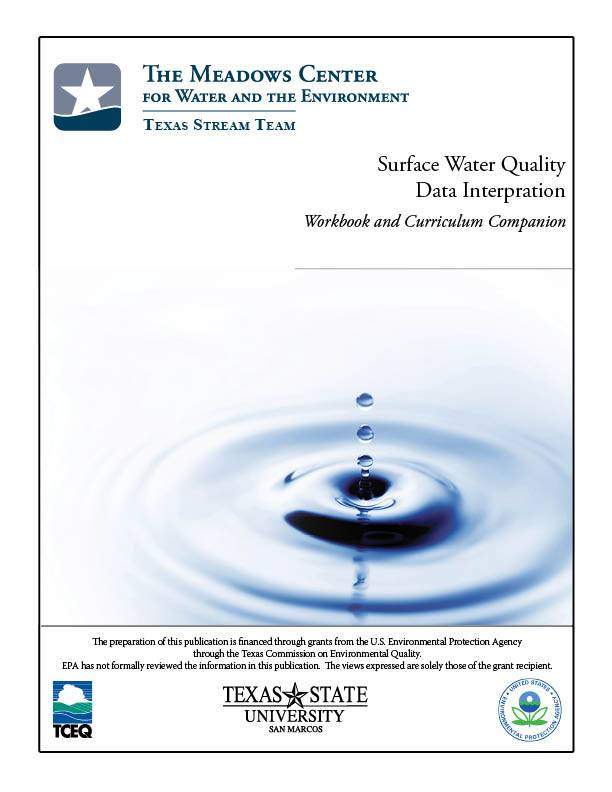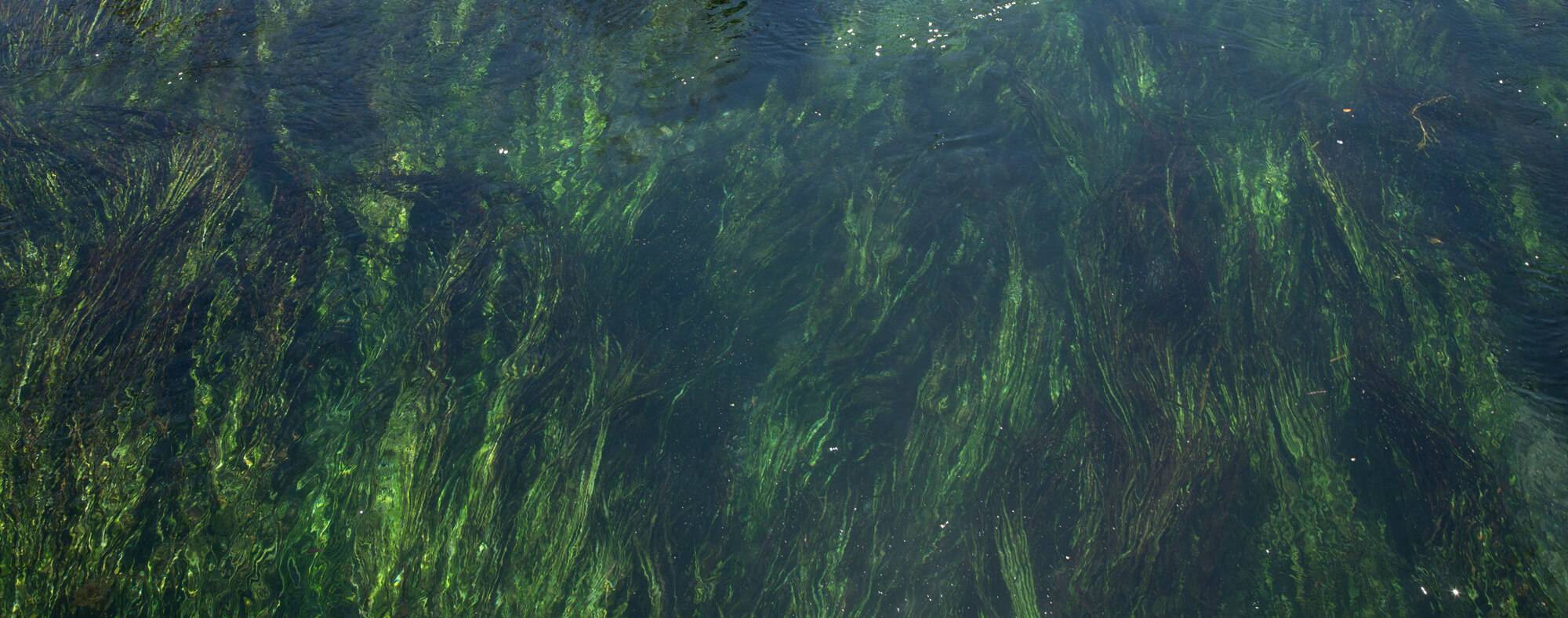Educators
Educators
Bring Texas Stream Team Programs to Your Classroom
Some of our Texas Stream Team citizen scientist groups include teachers and their students. Educators find Texas Stream Team to be a valuable teaching tool that lends itself to cross-disciplinary instruction. By teaching students how to measure what is happening in the environment around them, Texas Stream Team helps teachers effectively present the abstract concepts of biology, chemistry and ecology. With a broader understanding of water quality issues, students are better prepared to understand and participate in local water resource management as well as career development.
-
Texas Steam Team Curriculum Companions
-
Grades K-High School
This curriculum was created in collaboration with Jackie Mattice for the Wimberley Outdoor Educators. The lesson plan and methods in this curriculum provide teachers with instructions for constructing a stream table to model river formations and provide students with a basic understanding of the water cycle.
Texas Stream Team Water Education Curriculum - Kindergarten through High School (PDF)
-
Conducting a Watershed Survey: Grades 3-12

This curriculum was created in collaboration with Margaret Russell, Christine Kelley, Evan Wilder, Cathy Springer and Allison Glass. The documents below are in pdf format and can be downloaded in sections.
Lesson 3: Investigating Watersheds
-
Intermediate Student Guide to Water Quality Monitoring: Grades 4-6
Grades: 4th through 6th

The Intermediate Student Guide to Water Quality Monitoring (24 pages) was produced in cooperation with Cinde Jimenez and the Guadalupe-Blanco River Authority. This Guide introduces the four core water quality concepts and is appropriate for younger students.
Grade 4-6 Water Quality Monitoring Guide (PDF, 3MB)
-
Surface Water Quality Data Interpretation: Grade 8

The goal of this curriculum is for students to use critical thinking skills and scientific problem-solving skills to interpret water quality data. These cross-curriculum exercises are appropriate for classrooms that have been collecting monthly water quality monitoring data at a local site or that are able to download water quality data from the web.
Texas Stream Team would like to thank Christine Kolbe of the Texas Commission on Environmental Quality’s (TCEQ) Surface Water Quality Monitoring Program for creating this excellent guide to understanding and interpreting water quality data.
Section 1: Surface Water Quality Data Interpretation (PDF 399 KB)
Section 2: Cumulative Student Project (PDF101 KB)
Section 3: TEKS Correlation (PDF 12 KB)
-
Water Quality Monitoring: Grades 8-12
The water quality monitoring curriculum presented here is designed for Middle School to High School science teachers. This curriculum is designed for use as a companion to the Texas Stream Team Water Quality Monitoring Manual. This curriculum provides lessons, exercises, evaluation materials and TEKS correlations. Texas Stream Team hopes this curriculum will facilitate the presentation of Texas Stream Team concepts in the classroom and during field investigations.
-
Sedimentation Curriculum
-
Lesson 1
Lesson One introduces sedimentation as a nonpoint source of pollution involving soils in runoff from the watershed into the surface waters. The Three Major Types of Dirt activity allows students to make observations on three major types of soils and analyze ways that soils can differ. The Nonpoint Source of Pollution worksheet gives the students a chance to practice applying the definitions of point and nonpoint sources of pollution to practical situations.
-
Lesson 2
Lesson Two furthers the understanding of soils and explains some of their observations from the first soil activity, such as why sands feel gritty and clays are slippery when wet. The Rock Cycle demonstrates the importance of weathering to form different soils. The Sedimentation Observation Activity allows the students to observe the particles again and how the soil particles interact with water. The Rock Cycle Worksheet provides an opportunity for the students to review the Rock Cycle.
-
Lesson 3
Lesson Three examines ecosystems so that we can understand how sediment harms life in an aquatic ecosystem. The interaction of matter and energy are examined. The ecosystem worksheet allows the student to review the major concepts. We begin a two-day quantitative lab in which the amount of water the soil can absorb is measured.
-
Lesson 4
Lesson Four reinforces the students' familiarity with the essential parts of the ecosystem. In this lesson we can explain why sedimentation is a source of pollution. Sediment deters photosynthesis by reducing sunlight. Reduced photosynthesis means less food and oxygen for other forms of aquatic life. The gills of aquatic organisms also get clogged with sediment. The homework is to finish the lab report.
Lesson Four: Sedimentation as a Source Pollution
Sedimentation as a Source Pollution Overhead
Sedimentation as a Source Pollution PowerPoint
Sedimentation as a Source Pollution Student PowerPoint Handout
-
Lesson 5
Lesson Five is about ways that we can reduce sediment that gets into the surface waters. It starts with using the experiment on % water in the soil, to explain that both soils and rocks can hold water. The aquifers are important because they supply over half of the water we use in this country. The difference between surface water and groundwater is illustrated. Sediment usually enters the surface water when it rains and the water runs off of bare soil into the surface waters. If the soil is covered by plants or mulches, sediment in the runoff is reduced. Best management practices for reducing sediment are learned such as contour farming, selective logging, retention ponds and silt fences. The lesson is finished with a worksheet reviewing the ways to reduce sedimentation.
-
-
-
Invite Us to Your Event
Texas Stream Team participates in environmental education events for students and adults, teaching them about aquatic life, watersheds, point and nonpoint source pollution, water quality monitoring. Please fill out our Event Request Form if you would like to have us at your event.
If you have any questions, feel free to email us at TxStreamTeam@txstate.edu.
Take Your Students to the Water
Teachers who complete all phases of a Texas Stream Team training have two options for getting their students involved in water and/or environmental monitoring. Students in grades K-12 as well as college students can monitor a body of water under a teacher's supervision with activities based on the educational objectives of the class. A teacher who goes a step further and becomes a certified trainer can then train students (grades 9-12 and college) to become certified monitors. These students can then go on to form groups and monitor their own sites.
TEEAC and CPE Credit
Teachers can receive credits for Texas Environmental Education Advisory Committee (TEEAC) and Continuing Professional Education (CPE) by participating in training sessions offered by Texas Stream Team.
By completing all phases of a Texas Steam Team citizen scientist training, teachers will receive 5 TEEAC and CPE credit hours. These credits will be validated on the certificate of completion received following the training.
Check out our Teacher Credits page for more information.
